An American Eagle flight and a Black Hawk helicopter collided over the Potomac River in Washington, D.C., resulting in the deadliest U.S. aviation disaster in almost 25 years. While the cause is under investigation, experts suggest unique air traffic patterns in the area contributed to the tragedy.
A tragic mid-air collision in Washington, D.C., has resulted in the deadliest U.S. aviation disaster in nearly a quarter century. An American Eagle flight carrying 64 passengers and a Black Hawk Army helicopter carrying three soldiers collided over the Potomac River on Wednesday night, tragically killing everyone on board both aircraft.
While the exact cause of the collision is still under investigation, officials have stated that the jet was making a routine landing when the helicopter flew into its path. Audio recordings from air traffic controllers confirm that they had alerted the helicopter about the plane's presence, placing the responsibility on the helicopter pilot to avoid the jet. Aviation expert John Gradek, who teaches aviation management at McGill University, suggests that the collision was likely due to the unique air traffic patterns in the D.C. area. The Ronald Reagan Washington National Airport, considered one of the busiest in the U.S., experiences a high volume of civilian and military aircraft traffic, increasing the risk of such incidents. Gradek emphasizes that military helicopters, operating within a busy airspace, must be highly vigilant about their surroundings and take all necessary precautions to avoid collisions with other aircraft.The pilots of the American Eagle jet, nearing a landing altitude of 350 feet and traveling at 225 kilometers per hour, were primarily focused on their descent. This further highlights the importance of the helicopter pilot's role in ensuring a safe separation from the approaching jet. Gradek reveals that the Black Hawk helicopter crew did acknowledge the visual presence of an aircraft, but whether they correctly identified the American Eagle jet remains a point of investigation. He assures that while concerns exist about air traffic controller shortages in Canada, flight volumes are carefully managed to prevent overburdening controllers. During peak travel seasons, flight limitations may be imposed to address any potential staffing constraints. Despite the tragic nature of this incident, Gradek maintains that it is an isolated case and not a cause for widespread panic. The D.C. area's unique combination of high civilian and military air traffic, coupled with recent near-miss incidents at Reagan National Airport, has raised concerns about the safety of the airspace. Several incidents, including a near collision between an American Airlines aircraft and a private jet, and another between a Southwest Airlines and a JetBlue Airways plane, have prompted calls for increased safety measures. Last year, Congress mandated more daily flights at Reagan National Airport despite its opposition to increased traffic, raising concerns about potential risks. In response to these concerns, the Federal Aviation Administration has announced plans to address the strain on the national air traffic system by hiring more controllers, tackling fatigue issues, and implementing new technology to prevent collisions. Recent incidents in other parts of North America, such as a mid-air collision between a Cessna and a Bell helicopter in Edmonton and a runway incursion involving Air Canada planes in Vancouver, further highlight the need for continuous vigilance and improvement in aviation safety practices
Aviation Safety Air Traffic Collision Mid-Air Crash Reagan National Airport Black Hawk Helicopter American Eagle Flight
Canada Latest News, Canada Headlines
Similar News:You can also read news stories similar to this one that we have collected from other news sources.
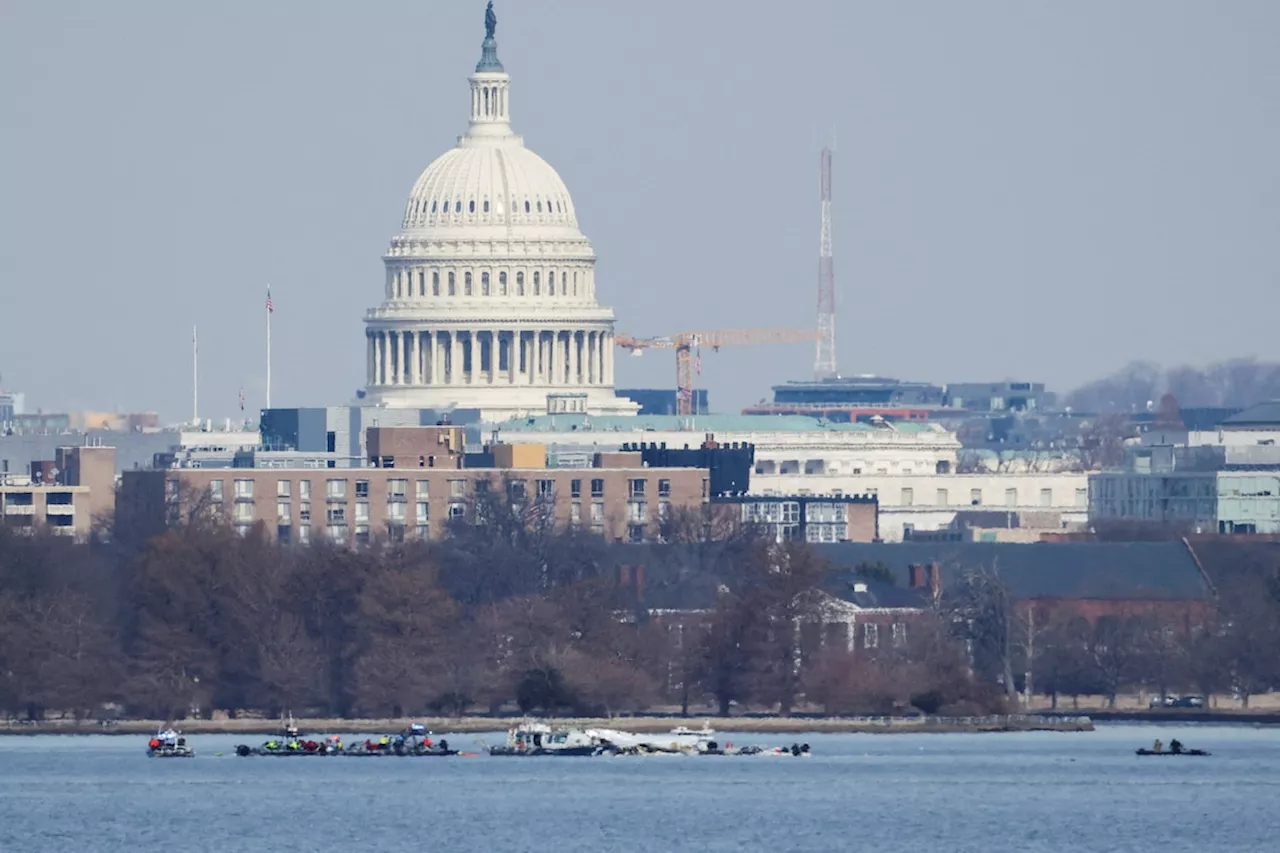 Deadly Mid-Air Collision in Washington, D.C., Raises Questions About Air Traffic SafetyAn American Eagle flight and a Black Hawk helicopter collided near Ronald Reagan Washington National Airport, resulting in a tragic loss of all lives on board. Aviation experts suggest that the high volume of air traffic, including military flights, in the area may have contributed to the crash.
Deadly Mid-Air Collision in Washington, D.C., Raises Questions About Air Traffic SafetyAn American Eagle flight and a Black Hawk helicopter collided near Ronald Reagan Washington National Airport, resulting in a tragic loss of all lives on board. Aviation experts suggest that the high volume of air traffic, including military flights, in the area may have contributed to the crash.
Read more »
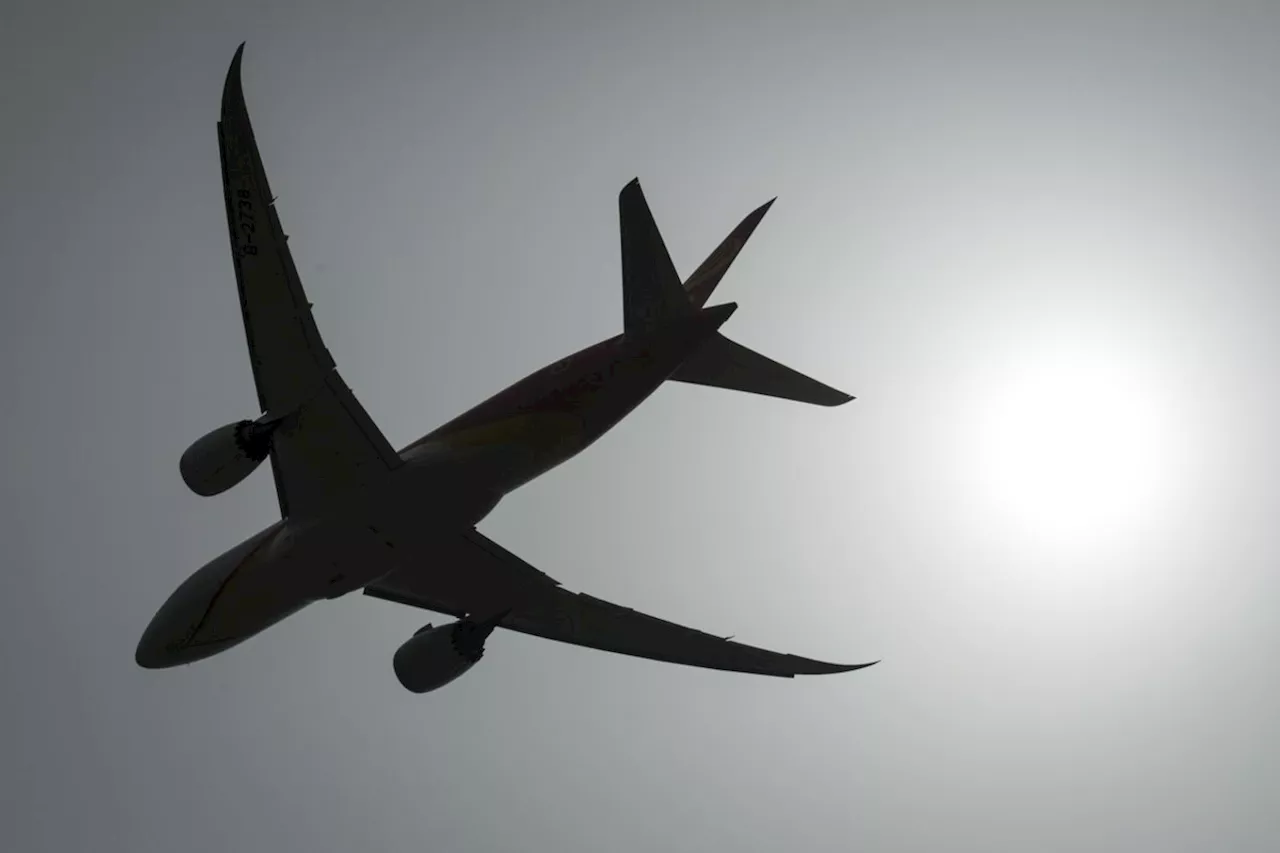 Mid-Air Crash in Washington D.C. Likely Due to Complex Air TrafficAn aviation expert believes the tragic mid-air collision involving an American Airlines jet and an Army helicopter in Washington, D.C., was likely caused by the area's unique air traffic patterns. The Ronald Reagan Washington National Airport, known for its high traffic volume and frequent military flights, is considered a higher-risk airspace. While the investigation into the collision's cause is ongoing, officials state the jet was performing a routine landing when the helicopter entered its path.
Mid-Air Crash in Washington D.C. Likely Due to Complex Air TrafficAn aviation expert believes the tragic mid-air collision involving an American Airlines jet and an Army helicopter in Washington, D.C., was likely caused by the area's unique air traffic patterns. The Ronald Reagan Washington National Airport, known for its high traffic volume and frequent military flights, is considered a higher-risk airspace. While the investigation into the collision's cause is ongoing, officials state the jet was performing a routine landing when the helicopter entered its path.
Read more »
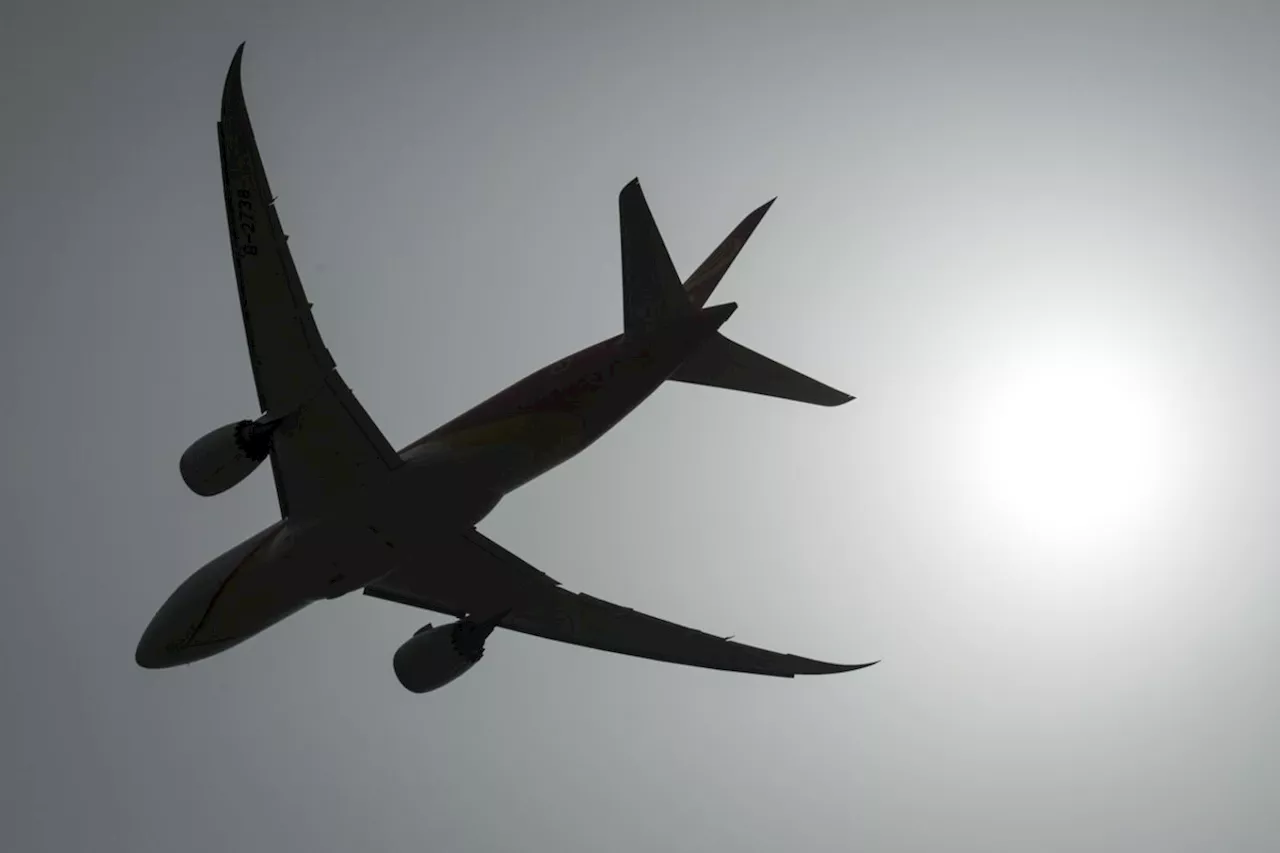 Mid-Air Crash in Washington, D.C. Blamed on Congested AirspaceA mid-air collision between an American Airlines jet and an Army helicopter in Washington, D.C., resulted in the tragic loss of all nine lives on board. Aviation experts attribute the incident to the complex air traffic patterns in the area, citing the Ronald Reagan Washington National Airport's high volume of traffic and the frequent presence of military aircraft. While the exact cause is still under investigation, authorities indicate the jet was on a routine landing approach when the helicopter entered its path. Despite concerns about air traffic controller shortages in Canada, experts assure that flight volumes are carefully managed to prevent overstretching of air traffic control resources.
Mid-Air Crash in Washington, D.C. Blamed on Congested AirspaceA mid-air collision between an American Airlines jet and an Army helicopter in Washington, D.C., resulted in the tragic loss of all nine lives on board. Aviation experts attribute the incident to the complex air traffic patterns in the area, citing the Ronald Reagan Washington National Airport's high volume of traffic and the frequent presence of military aircraft. While the exact cause is still under investigation, authorities indicate the jet was on a routine landing approach when the helicopter entered its path. Despite concerns about air traffic controller shortages in Canada, experts assure that flight volumes are carefully managed to prevent overstretching of air traffic control resources.
Read more »
 Deadly Plane and Helicopter Collision Near Washington, D.C.More than 65 people are presumed dead after a passenger jet and military helicopter collided midair near Washington, D.C. The crash, which occurred during otherwise normal flights, involved an American Airlines plane and a U.S. Army helicopter. Investigations are underway to determine the cause of the collision. President Trump addressed the nation, offering condolences and placing blame on air traffic control and previous administrations.
Deadly Plane and Helicopter Collision Near Washington, D.C.More than 65 people are presumed dead after a passenger jet and military helicopter collided midair near Washington, D.C. The crash, which occurred during otherwise normal flights, involved an American Airlines plane and a U.S. Army helicopter. Investigations are underway to determine the cause of the collision. President Trump addressed the nation, offering condolences and placing blame on air traffic control and previous administrations.
Read more »
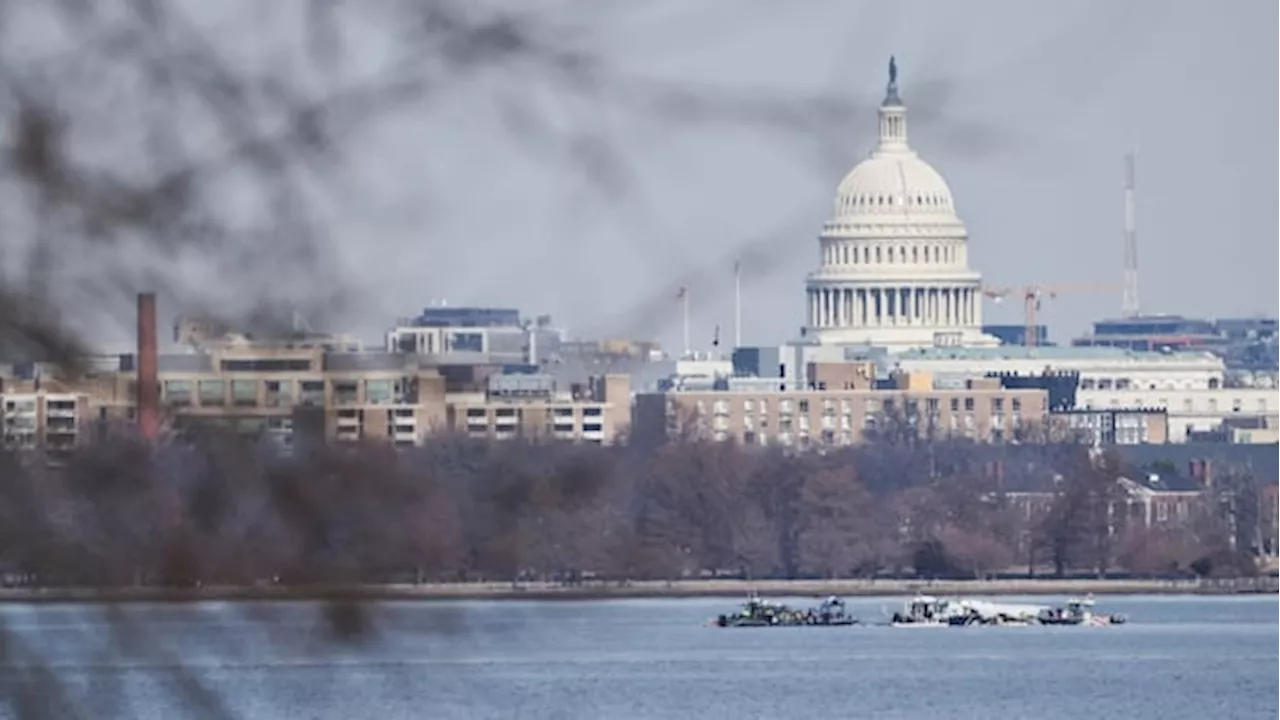 Deadly Collision: Passenger Jet and Military Helicopter Crash Near Washington, D.C.A passenger plane and a military helicopter collided near Washington, D.C.'s Ronald Reagan National Airport, resulting in no survivors. The investigation is focused on determining why the aircraft were flying so close to each other.
Deadly Collision: Passenger Jet and Military Helicopter Crash Near Washington, D.C.A passenger plane and a military helicopter collided near Washington, D.C.'s Ronald Reagan National Airport, resulting in no survivors. The investigation is focused on determining why the aircraft were flying so close to each other.
Read more »
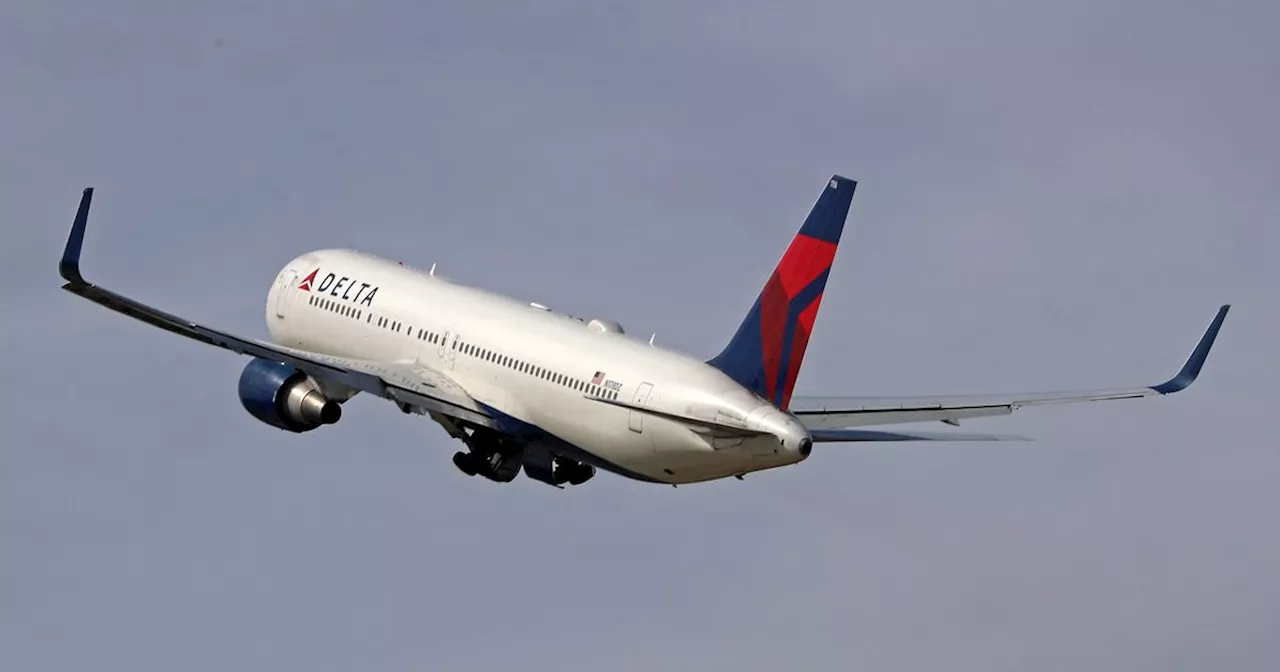 Two Planes Come Dangerously Close in Mid-Air Scare Over PhoenixTwo commercial passenger planes, a United Airlines Boeing 737-900 and a Delta Air Lines Airbus A330-300, came dangerously close to colliding while landing at Phoenix Sky Harbor International Airport. Cockpit warnings triggered as both aircraft descended, and air traffic control issued corrective instructions, ensuring both planes landed safely.
Two Planes Come Dangerously Close in Mid-Air Scare Over PhoenixTwo commercial passenger planes, a United Airlines Boeing 737-900 and a Delta Air Lines Airbus A330-300, came dangerously close to colliding while landing at Phoenix Sky Harbor International Airport. Cockpit warnings triggered as both aircraft descended, and air traffic control issued corrective instructions, ensuring both planes landed safely.
Read more »
